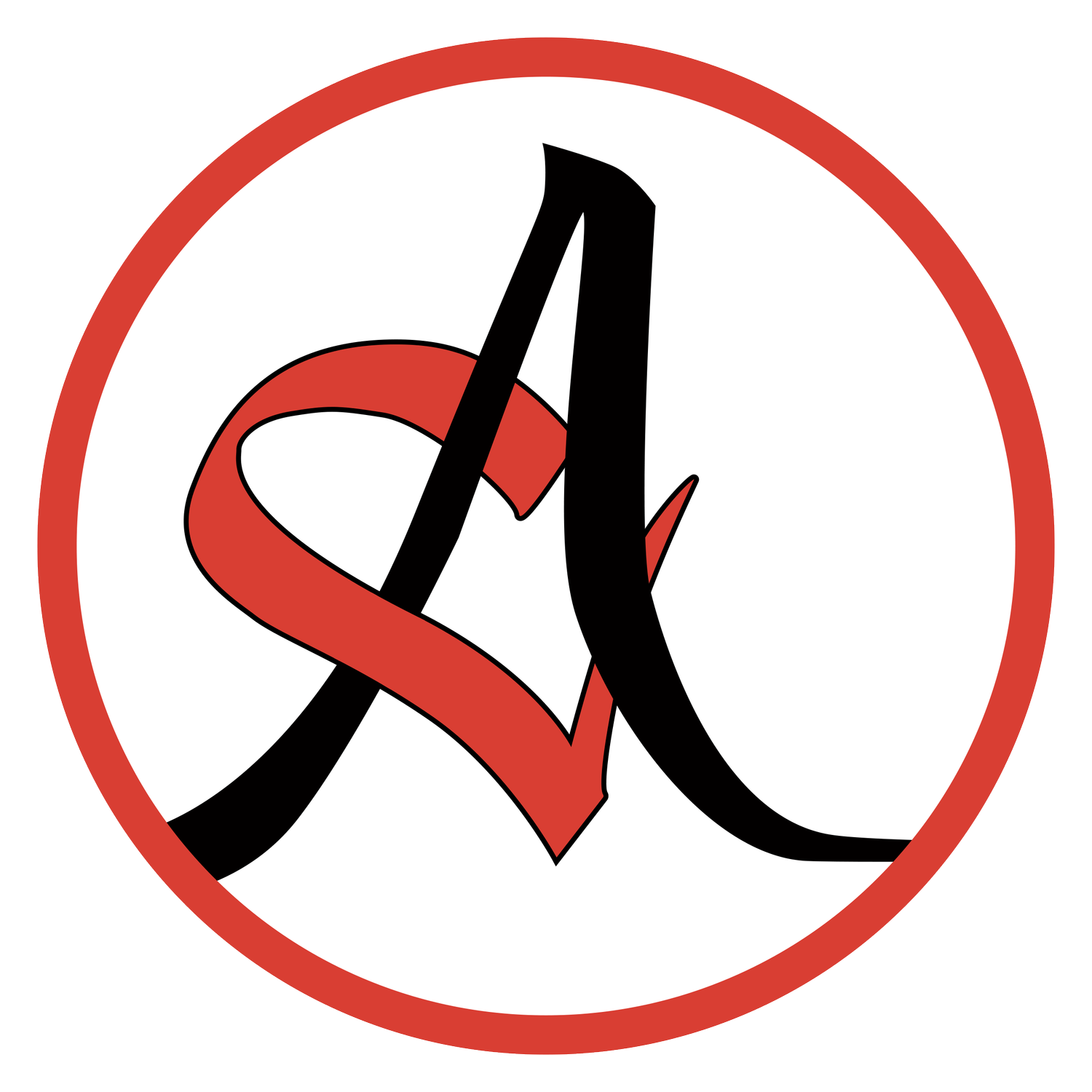MOOCS for Arts People: These often-free courses rock
Welcome to the first blogpost, in Arts Surround Bloomington.
What will happen
Welcome to the first blogpost for the Arts Alliance of Greater Bloomington (AAGB). This space is meant to reflect things that matter to artists, performers, and writers in the Bloomington area. We will disagree, discuss, correct each other, brag, agree and just join in.
Local artists — of all types — can connect and comment. It's artists meeting performers meeting writers. It's edges touching each other. If you paint, sculpt, sing, act, draw, compose, dance, weave, or any other creative gig, start reading. Tell us what you want to read about. Who you want to hear about.
Leaving the small-fry in the sawdusty corner is awful. If you're not a big name around town, so what? Let's talk about what's happening around this bursting Bloomington arts scene and what COULD be happening. Like, how about a cabaret somewhere? Bloomington has almost everything but that.
So let's get started. Here's my first AAGB blog post. Happy creating and connecting. And, MOOC-ing.
MOOCS for Arts People: These often-free courses rock
What are they?
Grab a latte mocha, then a MOOC.
Who knows what I'm talking about? Hahaha, very funny, yes mocha lattes are milk with coffee and chocolate.
But, how about the MOOC (like mook)?
MOOC stands for Massive Open Online Course. I've taken about a dozen of these super-accessible classes. Some were free, no cryptic fee-begging. Some were outstanding, like a Yale-run course on art. Some were tedious, like the ones on social media management. I kept at those only because they were teaching me something at which I was lame.
Certain ones charge a small fee if you want a verified certificate of completion. Some universities offer course credit. Many institutions, including Harvard and MIT, deliver these online courses on various subjects and at different levels. Take a single class or a sequence.
MOOCs are one of the best parts of the internet. Thousands exist, and according to BusinessWire, MOOCs are ready to totally explode in the next four years.
You can usually sign up and start on any day at any time; enrollment tends to be open. That's because the courses often involve hundreds or thousands of students. To this point, many of the courses encourage feedback from your peers instead of offering instructors' personal comments.
The term MOOC was coined in 2008 by Dave Cormier at the University of Prince Edward Island and Bryan Alexander of the National Institute for Technology in Liberal Education. MOOCs started slowly but really took off about 10 years ago.
And, yes, the instructors: there must be some kind of demanding interview process, because every instructor I've had has been knowledgeable and likable. As they say in business-to-business sales training: the biggest reason a client buys something is because she liked the salesperson.
5 top-rated companies that offer MOOCs
Here are a few MOOCs that consistently get good reviews, according to BestColleges.com. These are the company names, not the titles of the courses:
Typical MOOCs for arts people
And here are just five MOOCs that might appeal particularly to arts folk:
Berklee College's "Singing Popular Music"
Photography classes by Peter Glendinning, professor at Michigan State University
Harvard's "First Nights - Berlioz’s Symphonie Fantastique and Program Music in the 19th Century."
I took the pop singing course above, and I've got to say it was as good as any in-person class I've had. (I probably just made some enemies.) Maybe even better in ways, because we didn't chat away expensive voice-lesson minutes. Jeannie Gagne teaches this Berklee College of Music course. As a classical and Broadway-type singer, I wanted to sing pop better. Gagne gives usable advice and techniques I could try right away to see if they worked.
A couple of MOOCs grabbing lots of takers recently are Harvard's "Intro to Computer Science" and Stanford's "Machine Learning for beginners: An Intro to Artificial Intelligence" from educational company Udacity.
The artificial intelligence course might be a good one for artists, with all the controversy about software-created images, and what counts as art. I'll talk about AI art in an upcoming post. New tech lets anyone make unbelievably authentic-looking images that have nothing to do with a camera or paint brush. Computers use text, e.g., "draw a woman in a pink hat riding a narwhal" to "remember" the many pictures the computer has "seen." The computer then comes up with an image and can even copy artists' styles. "Paint a grandmother wolf on her way to a cocktail party, as Picasso would." Pretty scary or cool, depending on your viewpoint and personality.
About Connie Shakalis, blogger
I'm a performer and writer (summa cum laude from the State University of New York with a B.S. in professional communications, English literature minor). For the past several years, I've been the freelance arts reporter for Bloomington’s The Herald-Times, writing more than 700 stories, some with photography.
A past Actors’ Equity member, I've played 25 major or supporting roles (union and non-union) in live theater. As a dramatic-coloratura soprano, yes, I can still hit that high D, but brace your eardrums and close your eyes. It ain't pretty. La Comedia Dinner Theater (Ohio) gave me the Outstanding Performer Award. In Manhattan, I wrote and performed my one-woman nightclub show in a bunch of clubs. To date, no one has thrown much rotten fruit at me. For writing, I won the Raynor Wallace Award for Poetry and two essay contests.
I'm on the AAGB board and on the program committee for Bloomington Rotary club. Watch out: my eye is ever peeled for intriguing speakers.
# # #



